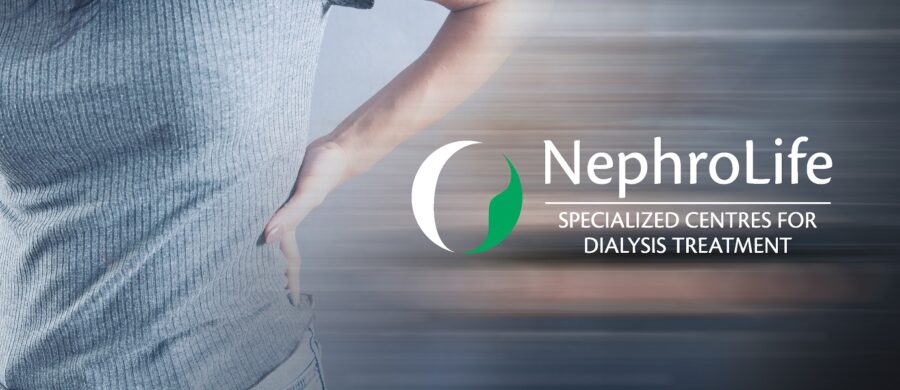CKD is a partial or complete reduction in renal function and is characterized by five stages. The disease progresses slowly and is determined by the extent to which renal function is reduced. An indicator of this is the so-called “Glomerular filtration”.
First stage of CKD – initial and still reversible phase of the disease with glomerular filtration> 90 ml (normal). At this stage, there is a very slight impairment of renal function, which is asymptomatic. At this stage, the kidneys function normally, but a change in urine results is possible – for example presence of protein.
Second stage of CKD – glomerular filtration between 60 and 89 ml. In second-stage of CKD, there is a slight impairment of renal function. The kidneys are still functioning well, which in turn does not cause symptoms.
Third stage of CKD – glomerular filtration between 30 and 59 ml, regardless of whether there are other symptoms suggesting the presence of kidney disease. During this period of the disease there is a moderate impairment of renal function.
This phase is divided into two stages:
– with glomerular filtration between 45 and 59 ml.
– with glomerular filtration between 30- and 44-ml.
Common symptoms are: swelling of the legs and arms, back pain, more or less urination than usual, high blood pressure, anemia.
Fourth stage of CKD – glomerular filtration between 15- and 29-ml
Moderate to severe renal impairment is already observed here. Characteristic of this condition is that it is the last stage before the complete cessation of renal function. At this stage of the disease there are symptoms such as: swelling of the legs and arms, back pain, more or less urination than usual and the consequences of the accumulation of waste products from the metabolism in the blood. Water-electrolyte homeostasis is disturbed. Pathologies in the endocrine function of the kidneys are observed and the synthesis of erythropoietin in the kidneys is reduced.
Fifth stage of CKD – glomerular filtration <15 ml
In grade 5 of CKD, the kidneys have stopped working or are functioning very little. At this stage of the disease there are always symptoms caused by the accumulation of fluids and waste products in the body: itching, muscle cramps, nausea and vomiting, swelling of the legs and arms, back pain, often complete cessation of urination, shortness of breath, insomnia. In laboratory tests are typical high levels of urea and creatinine, an increase in serum phosphate and potassium. High levels of protein, red blood cells, sediments and others can be observed.
After the kidneys have failed to function, the patient must undergo hemodialysis, as well as discuss the possibility of transplantation. Transplantation eliminates the need for hemodialysis, but in turn requires a strict control and medication against immune rejection of the organ.










